Red-Eyed Tree Frog in Costa Rica
Amphibians — cold-blooded animals that include frogs, toads, salamanders, newts and caecilians — are in big trouble. More than one third of the world’s 6,500 known species are threatened with extinction, while at least 200 species have gone extinct over the past 20 years. Worryingly the outbreak of a deadly fungal disease, chytridiomycosis, is spreading throughout the tropics leaving millions of victims, adding to the onslaught of challenges already facing amphibians: habitat destruction, climate change, invasive species, pollution, and overexploitation as food and for the pet trade.
To raise awareness of the plight of amphibians, in 2009 biologist Kerry Kriger declared April 28th “Save the Frogs Day”. This year the event focuses on Atrazine, a commonly used pesticide which triggers reproductive problems in frogs and humans. Atrazine is used primarily on corn.
In recognition of Save the Frogs Day, here is a collection of frog photos taken Mongabay.com’s Rhett Butler.
Frog in Costa Rica
Red frog in Costa Rica

Gladiator tree frog (Hyla rosenbergi) in Costa Rica
Red-and-green poison arrow frog (Dendrobates granuliferus) in Costa Rica

Clown tree frog (Dendropsophus leucophyllatus) in the Colombian Amazon

Mother Panamanian golden frog with green baby in a captive breeding facility at the Bronx Zoo

Flying tree frog (Rhacophorus pardalis) in West Kalimantan, Indonesia

Blueberry poison arrow frog (Dendrobates pumilio) in Panama

Three-striped Poison dart frog (Epipedobates trivittatus) in Peru
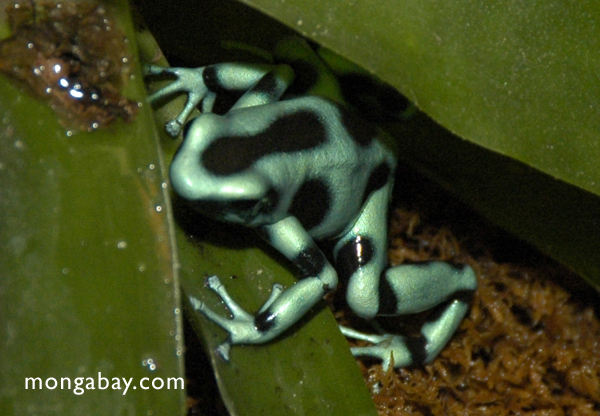
Green and black poison dart frog (Dendrobates auratus)
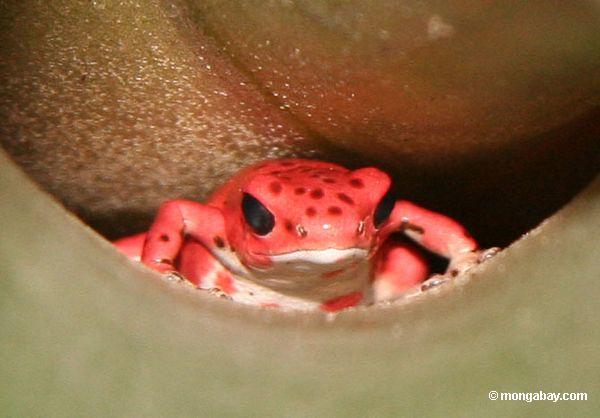
Strawberry poison-dart frog in a bromeliad
Leaf toad (Bufo margaritifer)
Smooth-sided toad (Bufo guttatus)

Masked frog (Smilisca phaeota) croaking in Costa Rica

Monkey frog (Phyllomedusa bicolor) in Peru
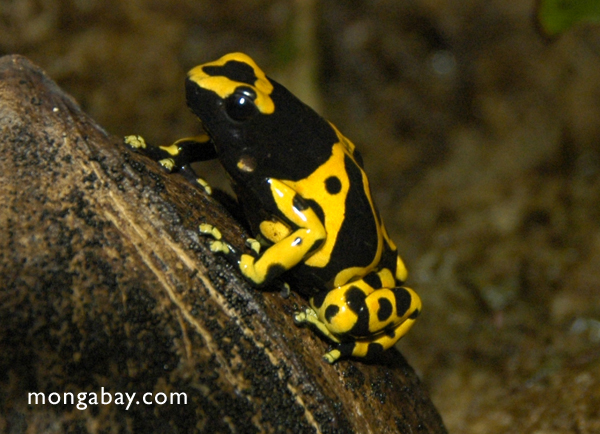
Yellow-Banded Poison Frog (Dendrobates leucomelas)
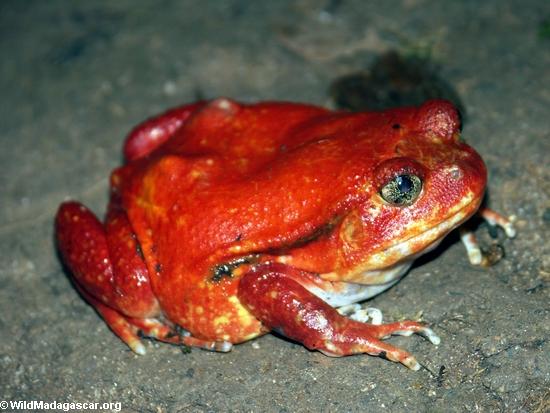
Tomato frog in Madagascar

White Spotted Reed Frog (Heterixalus alboguttatus)

Frog shadow seen through a sunlit leaf in New Guinea
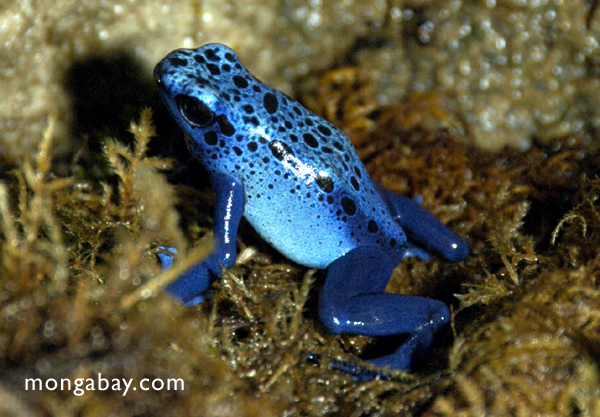
Blue poison dart frog (Dendrobates azureus)
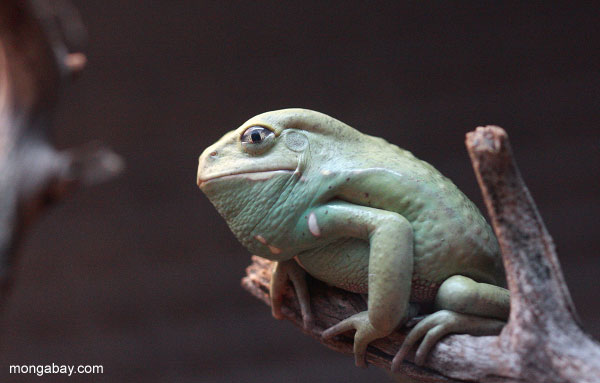
Waxy monkey frog
Related articles
Scientists scramble to save dying amphibians
(04/28/2011) In forests, ponds, swamps, and other ecosystems around the world, amphibians are dying at rates never before observed. The reasons are many: habitat destruction, pollution from pesticides, climate change, invasive species, and the emergence of a deadly and infectious fungal disease. More than 200 species have gone silent, while scientists estimate one third of the more than 6,500 known species are at risk of extinction. Conservationists have set up an an emergency conservation measure to capture wild frogs from infected areas and safeguard them in captivity until the disease is controlled or at least better understood. The frogs will be bred in captivity as an insurance policy against extinction.
Save the Frogs Day focuses on banning Atrazine in US
(04/26/2011) This year’s Save the Frogs Day (Friday, April 29th) is focusing on a campaign to ban the herbicide Atrazine in the US with a rally at the steps of the Environmental Protection Agency (EPA). Kerry Kriger, executive director of frog-focused NGO Save the Frogs! and creator of Save the Frogs Day, says that Atrazine is an important target in the attempt to save amphibians worldwide, which are currently facing extinction rates that are estimated at 200 times the average. “Atrazine weakens amphibians’ immune systems, and can cause hermaphroditism and complete sex reversal in male frogs at concentrations as low as 2.5 parts per billion,” Kriger told mongabay.com.














